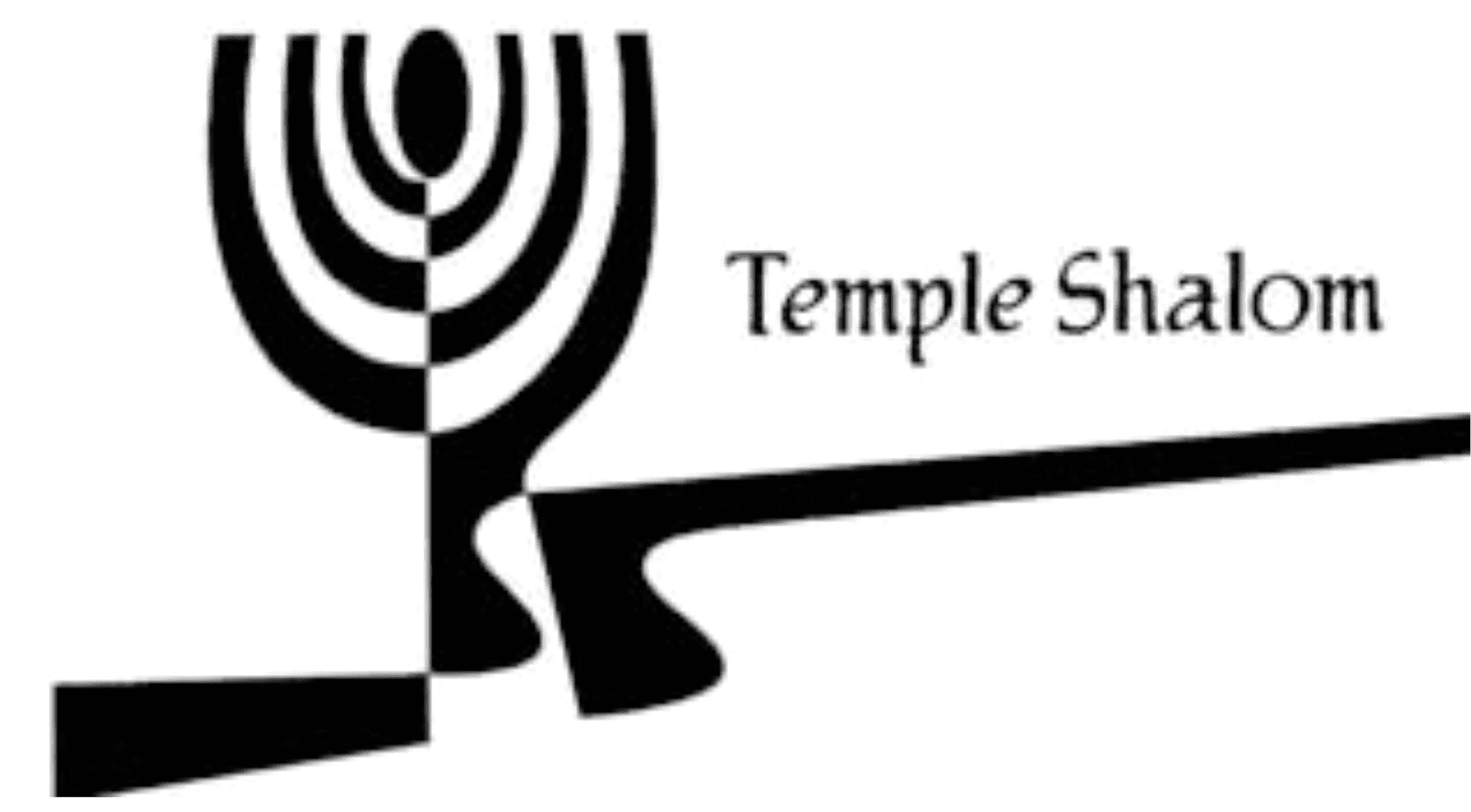If you didn’t get a chance to hear Sam’s d’var for his Bar Mitzvah last week, you can read it below:
In the beginning. You’ve probably heard these words before. It’s how my Torah portion, and how the whole Torah, begins. After these words, we are told the story of how the Earth was created. It’s a very well-known story, but there’s something interesting I found, which you might not have noticed before. But just in case you’ve forgotten the details, here’s a quick recap.
On the first day God began making the Earth. At first the Earth was just a dark void of water, until God said “Let there be light!”, and then, it was a bright void of water. Then God separated the light from the darkness. He named the light “Day” and the darkness “Night” and there was evening and morning.
On the second day, God put some air in the middle to split the water into two. He called the air “Sky”, and there was evening and morning.
On the third day, God gathered the water to one place so that land could appear. He called the land “Earth” and the water “Seas”. He also created plants and fruit trees on the land, and there was evening and morning.
On the fourth day, God put two lights in the sky to separate day and night, and to tell time. The sun was bigger and lit up the day and the moon was smaller and lit up the night, and, you guessed it, there was evening and morning.
On the fifth and sixth days, God created birds, sea creatures, land animals and, of course, humans. On the seventh day, God rested.
As I read the Torah portion, I noticed something interesting. God created light on day 1, but created the sun and the moon on day 4. I wondered where the light on day 1 came from, and why God made the sun and the moon if he already had light.
One answer I found is that the light created on day 1 was its own creation, and the sun and moon are only smaller light sources, and markers of time. Richard Elliott Friedman, an American biblical scholar, explained it like this: “The text understands the light that surrounds us in the daytime to be an independent creation of God, which has already taken place on the first day. The sun and moon are understood here to be light sources—like a lamp or torch, only stronger. Their purpose is also to be markers of time”.
Another answer I found is that the light from day 1 was put in the sun and moon on day 4. A 19th century commentator, Malbim, said that the sun and moon were created on day 1, and then the light was put in them on day 4 because “The light during the first three days spread throughout the world with powerful, unmitigated brightness. This needed to change once God wished to create living creatures and humanity, which cannot stand such a light… which would blind their eyes”.
For me, the first answer makes a lot more sense because in the Torah it states “God put two lights in the sky to separate day and night, and to tell time.” whereas it mentions nothing about creating the sun and moon on day 1 or putting light in them.
The first answer is also simpler because the light created on day 1 is its own thing with its own purpose, and the sun and moon are their own things with their own purposes. Whereas for the other answer it’s like there’s the light and the sun and the moon to hold the light and why are the sun and the moon floating without any light for a few days? This is confusing. I feel like it’s too many steps and just leads to more questions.
Another thing about the second idea that I think doesn’t work so well is that it tries to mix science with the Torah, which I don’t think always works. For me, the Torah is a bit more of a story with some details a bit exaggerated, whereas science is straight, proven, facts. These are not the greatest combo, like pineapple on pizza.
The question can be interpreted scientifically but scientific answers for this question don’t really make sense. You need to think outside the box a bit because the Torah isn’t scientific. It would be like if you looked at a Star Wars movie and thought, “The force can’t work. This movie is terrible!” The point of the movie isn’t to make scientific sense, it’s to be fun!
It’s kind of the same for the Torah. You’re not supposed to look at it and say, “God doesn’t make scientific sense.” It’s God. The Torah is about learning about our past and how to be a better person. For me, the important thing about the Creation story isn’t whether it’s scientifically accurate, because I don’t need to explain the story with science. What’s important to me about the story is what it teaches me about one way to think about the different parts of our world, and how each part relates to the next
In summary, some things can be explained with science, but the Torah (and Star Wars!) are not among them. Trying to explain the Torah using science does not work well. Instead, you have to think about what it teaches you about yourself, the Jewish people, God, and the world around us.
When I read the story of Creation, I’m not supposed to be thinking about it scientifically. I’m supposed to think about “Does this help me think differently about something? Does it help me understand who I am?”, and those questions can’t be answered with science.

